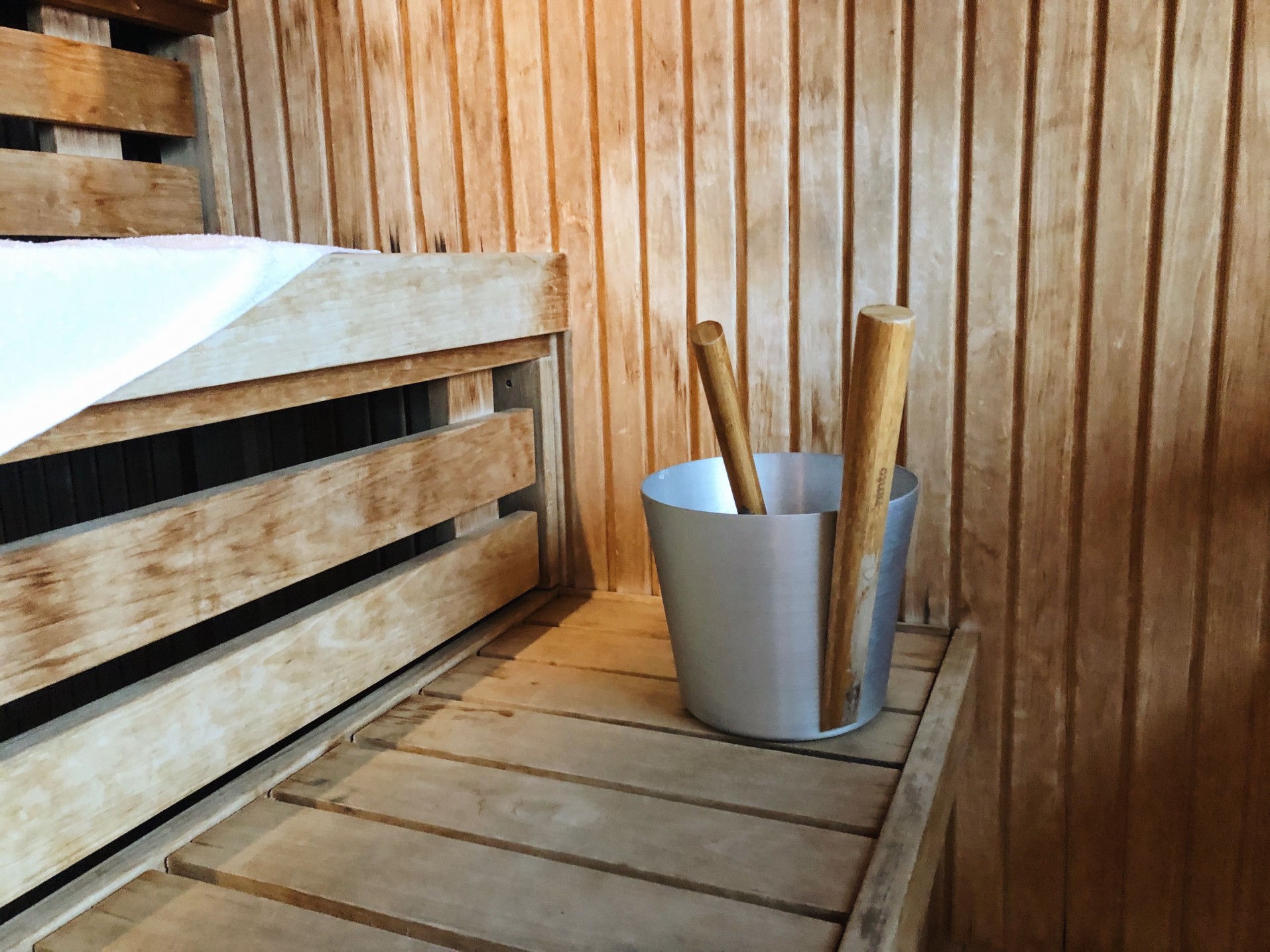Many homeowners dream of owning an indoor sauna. However, when they go to make this purchase, they find themselves overwhelmed by the choices. Countless manufacturers claim they offer the best indoor saunas, and it’s hard to know who is telling the truth. Furthermore, individuals find they may purchase a sauna from a local dealer or work with an online retailer. Each option comes with advantages and disadvantages to be aware of. What factors must a person consider at this time?
Location
First, determine where the sauna will go in the home. A person might choose to have the sauna on their patio, while others want to keep it indoors. They have it installed in the spare bedroom, the master bath, or dedicate an entire room to the sauna and items that will be used with it. When deciding the location of the sauna, they must consider electrical hook-ups in the area, convenient access to a shower, and things of that nature.
Heating Options
Once it has been determined where the sauna will go, the buyer must figure out which heating option they prefer. Some men and women find they need an electric or gas-heated sauna, while others prefer a wood-fired unit or one that is infrared.
The location of the sauna plays a role in which heating option is selected, as wood-fired saunas tend to sit outdoors. Gas-heated units serve as an economical choice. However, the home must have natural gas running to it or factor having gas run to the home before proceeding. A gas-heated sauna requires a professional hook-up as well.
Saunas with an electric heater remain popular, as they can be placed anywhere there is an electric hook-up. However, many people today gravitate toward infrared saunas because they are incredibly flexible when it comes to where they can be installed. Nevertheless, they don’t produce steam or require hot rocks. Some men and women find this detracts from the experience.
Saunas with a small heater only need a 120V outlet. Large free-standing units, in contrast, require a 240V power source and a hard-wired breaker in the home’s electrical panel. Homeowners must determine whether they will need to call an electrician in to add this outlet and breaker, which adds to the project cost.
Design
Next, the homeowner must select a sauna design. Portable kits take little time and effort to install, as do pre-built kits. A pre-cut design requires general framing on the part of the owner or a contractor working on their behalf. However, choosing a pre-cut sauna can save the owner thousands of dollars if they do the carpentry work.
The average homeowner can assemble a pre-built kit. The kit includes everything needed to complete the project. It requires few tools, and the sauna can be ready for use in a matter of hours.
Size
Experts recommend purchasing the largest sauna possible while remaining within your budget. This allows you to spread out and get comfortable and the price difference isn’t much. Furthermore, when the home sells in the future, a larger sauna will expand the buyer pool.
Consider the above when purchasing an indoor sauna. This purchase adds value to the home and will provide you with hours of enjoyment. However, take time to compare several models to find the one that is right for your needs. This ensures you get the best return on investment in every way.

